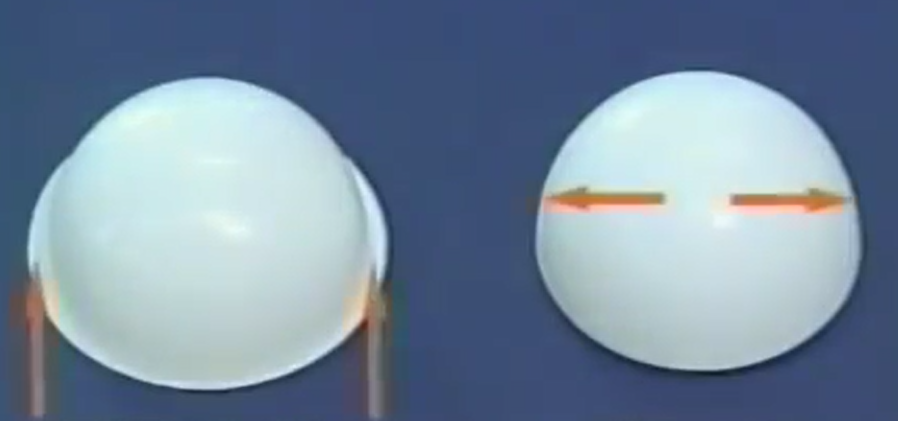Keyword: CNC machining parts Auto Spare Parts Milling machining Turning parts Grinding machining
Contact person: Nick Lee
Phone: (86) 15362887736
E-mail: sales03@dgmtwj.cn
Tel: (86) 769-88388276
Factory: No.2, Baidai Industrial Park, Daojiao Town, Dongguan, China ,
As a ball sport, table tennis also has strict requirements for the ball. Table tennis balls are spherical in shape, with a diameter of 40 mm, a weight of 2.53 to 2.70 grams, and a color of white or orange. Let's take a look at how table tennis balls are made.

Material configuration
The material of table tennis balls was originally made of a synthetic fiber plastic (nitrocellulose plastic), also known as celluloid. From July 1, 2014, new regulations began to use new plastic balls made of high molecular polymers.
The raw materials were made into sheets with a diameter of 44 mm and a thickness of 0.8 mm in the material factory.

Prepare a solution with 40% alcohol and 60% water, put the plastic sheet in it, and soften it during the soaking process so that it can be evenly formed.
After soaking, rinse the surface solution with clean water and dry the surface moisture.

Molding
First, you need to use a metal mold to make the plastic sheet into a hemispherical shape, fix the sheet on the mold, and immerse it in hot water at more than 90 degrees while applying pressure.

After the sheet is soaked in solution and hot water, it will become more ductile, and applying pressure to the mold will slowly turn the sheet into a hemispherical shape.

After the sheet is made into a hemispherical shape, it is quickly cooled with water. After being taken out of the mold, a hemisphere of the ping-pong ball is ready.

All burrs on the edge of the hemisphere must be removed by machine.

Detection and classification
The thickness of each hemisphere is measured and hemispheres of different thicknesses are classified. The thickness difference between each group is only 0.01 mm.

Bonding
After screening, each group of hemispheres with similar thickness are bonded together, and one hemisphere is placed in a mold and heated to shrink the edges.

Cover the shrunken hemisphere with another hemisphere, apply glue through a machine, and the glue will flow to the interface of the hemispheres along the gap.

By squeezing the hemispheres hard, the machine will completely bond the two hemispheres together to form a round ping-pong ball.

Heating and forming
Put the ping-pong ball into a metal mold with many small holes on the surface, and put it into a 380-degree oven to expand the air in the ball, making the seams tighter and smoother.

In order to clean the glue on the surface of the ping-pong ball, make the seams smoother and achieve the required weight, the ping-pong ball is placed in a polishing machine for polishing.

Testing
The seams are tested for integrity and uniformity by shining a light on them, and the balls are weighed and tested for spin, and graded, with high-quality ones used for competitions and low-quality ones for training.

Finally, the brand and grade are printed on the graded ping pong balls, and the ping pong balls are now manufactured.

To this day, table tennis remains one of the Chinese people's favorite sports. It has become a "table tennis spirit" of winning glory for the country, hard work and continuous innovation, and it continues to inspire countless people.